The 10 Fastest Road-Legal Supercars
The pursuit of speed is an endless quest in the automotive world, with manufacturers constantly pushing the boundaries of engineering, design, and technology to create machines that blend art and velocity. This list of the 10 fastest road-legal supercars showcases the pinnacle of this quest, offering not just blistering speeds but also innovative features and groundbreaking design. Each supercar mentioned here is a marvel of modern engineering, boasting performance figures that were once thought impossible for road-legal vehicles.
Bugatti Chiron Super Sport 300+
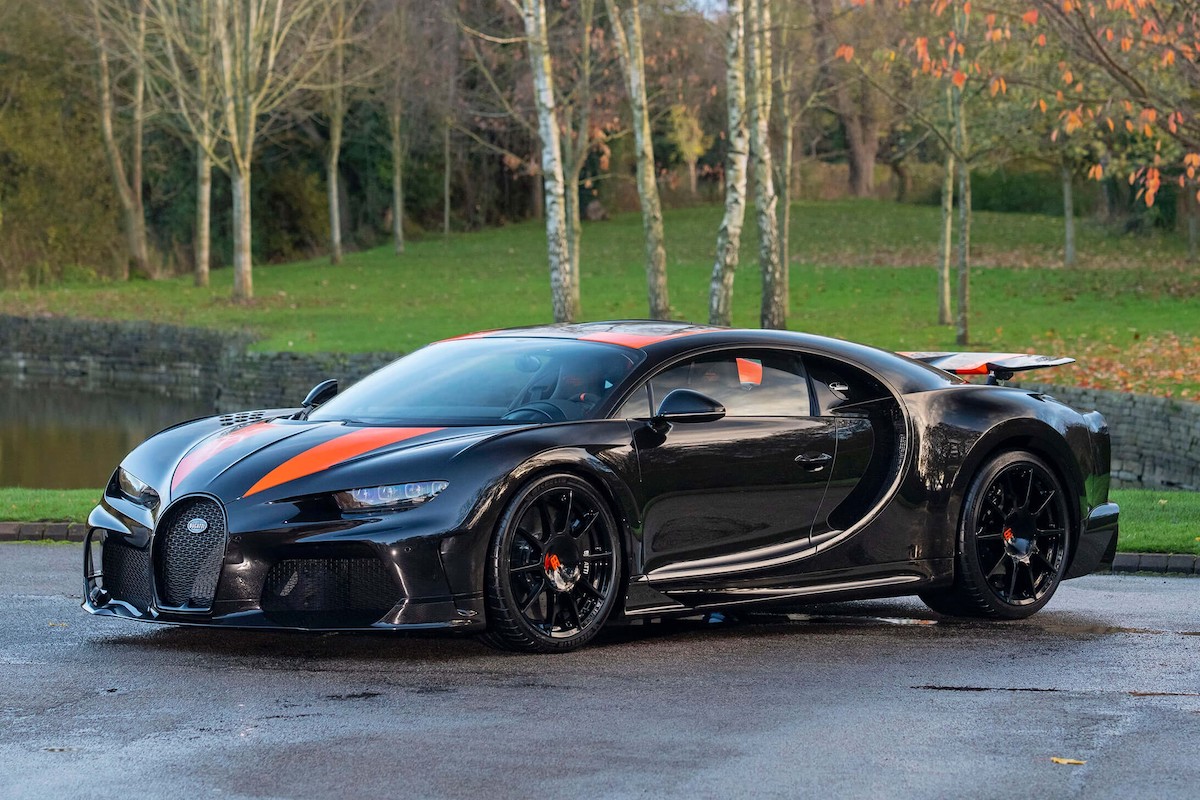
The Chiron Super Sport 300+ is a testament to Bugatti’s engineering prowess, being the first production car to break the 300 mph barrier. With a quad-turbocharged 8.0-liter W16 engine producing 1,577 horsepower, it achieved a top speed of 304.773 mph in a test run. This beast is not just about speed; it’s a masterpiece of luxury and cutting-edge technology, limited to just 30 units.
Koenigsegg Jesko Absolut
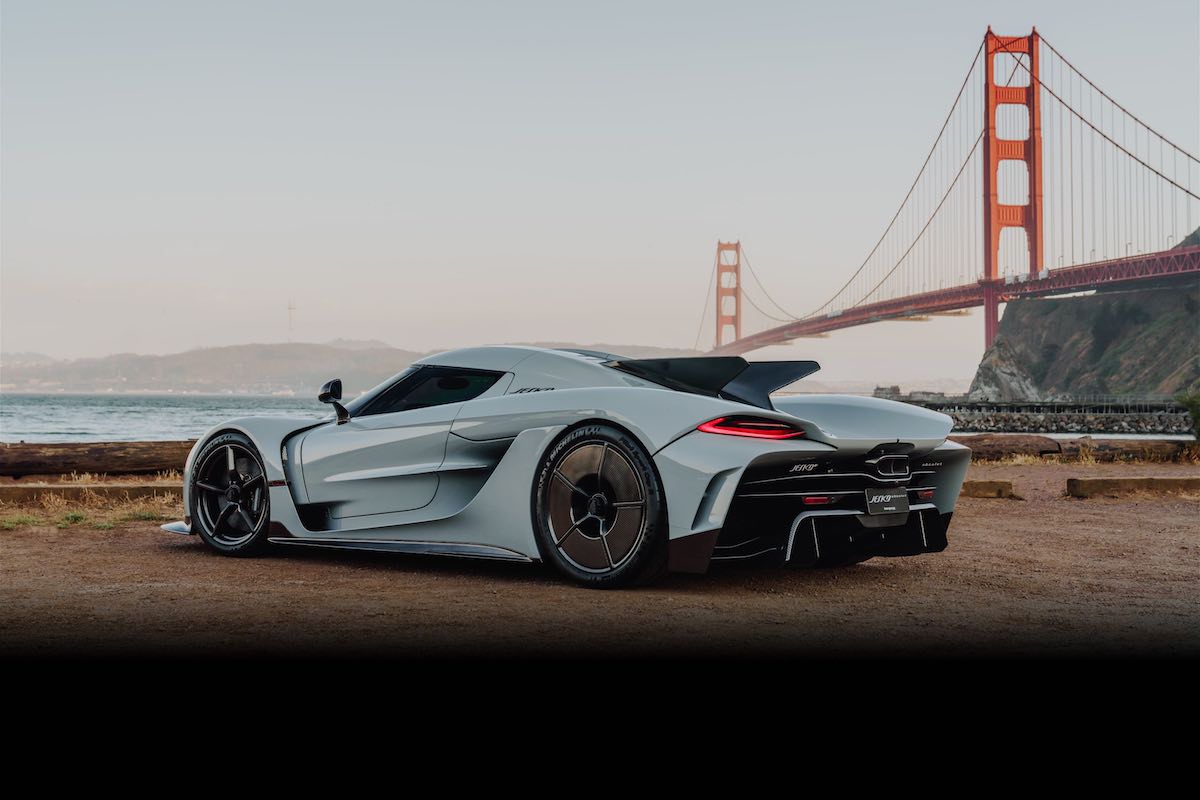
The Jesko Absolut is designed to be the fastest Koenigsegg ever made and potentially the fastest car in the world, with a predicted top speed of over 330 mph. Powered by a 5.0-liter twin-turbo V8 engine, it generates up to 1,600 horsepower on E85 fuel. Its sleek design minimizes drag, while its innovative aerodynamics ensure stability at extreme speeds.
SSC Tuatara
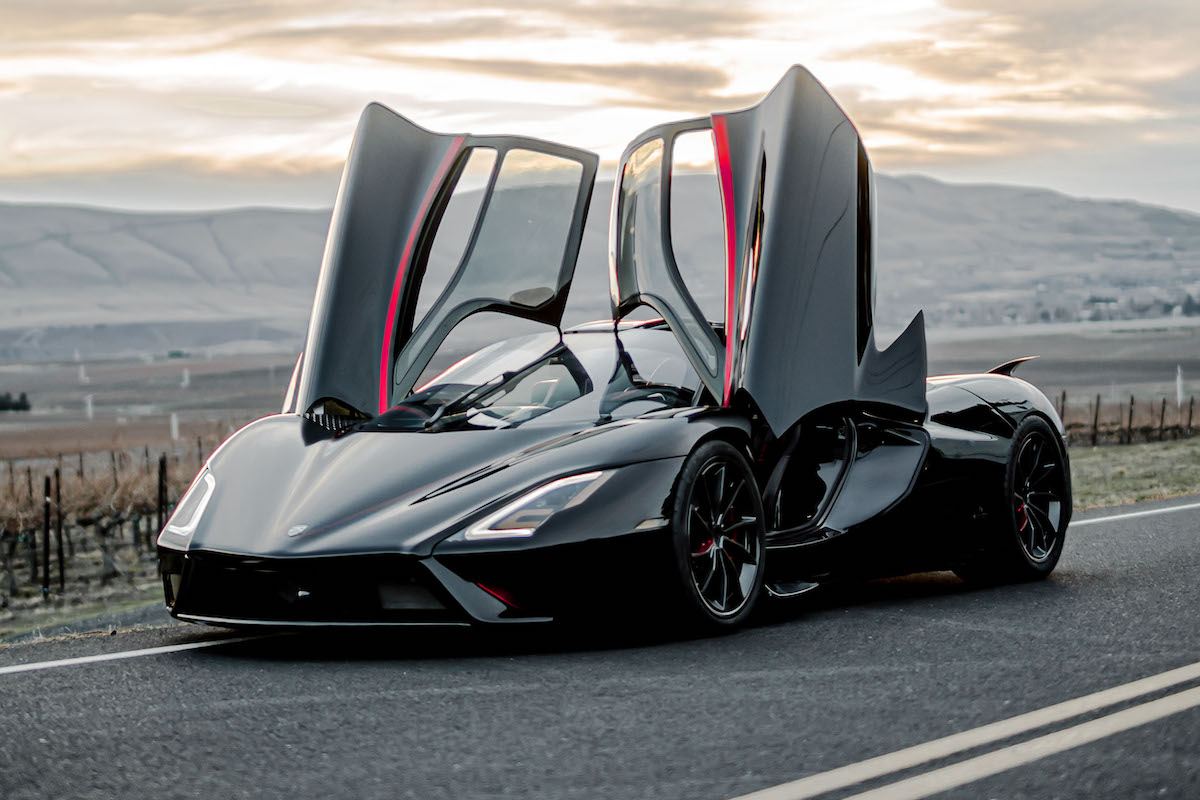
With a top speed of 316.11 mph verified in a two-way run, the SSC Tuatara briefly held the title of the world’s fastest production car. Its 5.9-liter twin-turbocharged V8 engine produces 1,750 horsepower on E85 fuel. The Tuatara’s design emphasizes aerodynamic efficiency and a lightweight carbon fiber structure to achieve its record-breaking performance.
Hennessey Venom F5
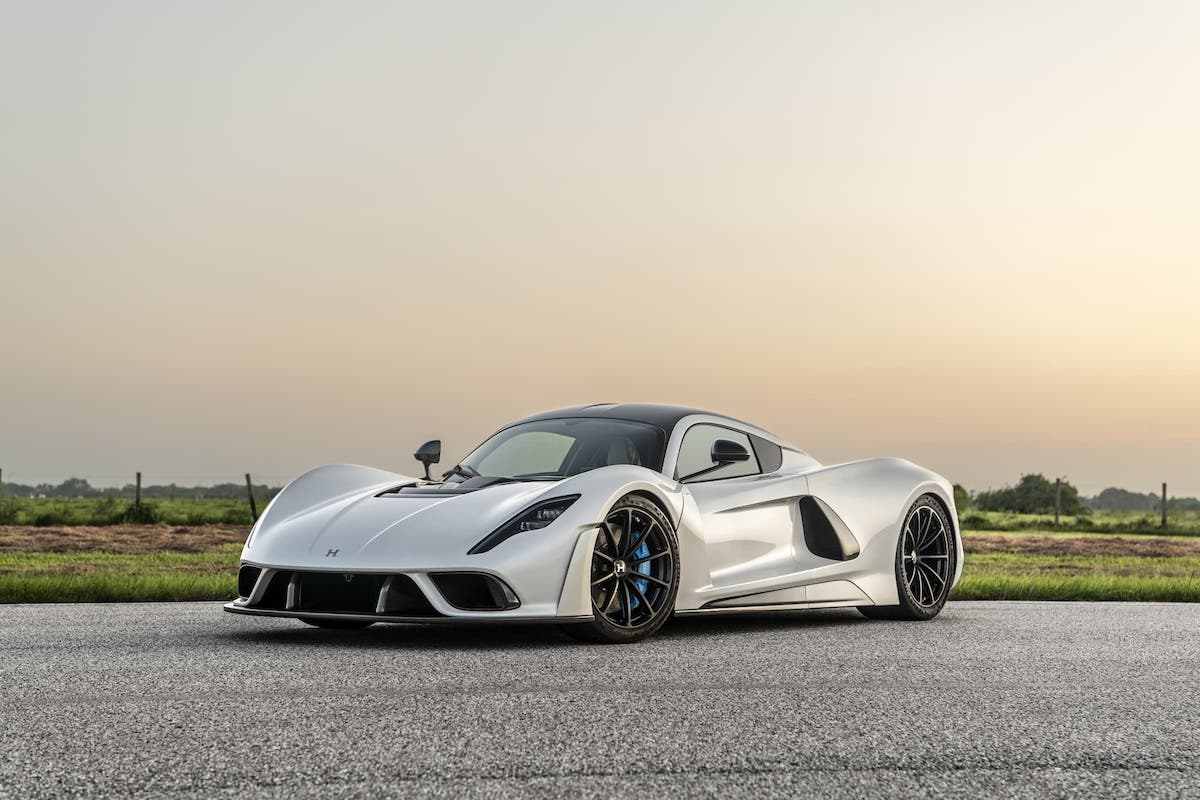
The Venom F5 is built with one goal in mind: to be the absolute fastest road car on earth. Hennessey claims a top speed of over 311 mph, thanks to a custom-built 6.6-liter twin-turbo V8 engine that produces an astonishing 1,817 horsepower. Its carbon fiber bodywork and aerodynamic design contribute to its breathtaking speed capabilities.
Bugatti Veyron Super Sport
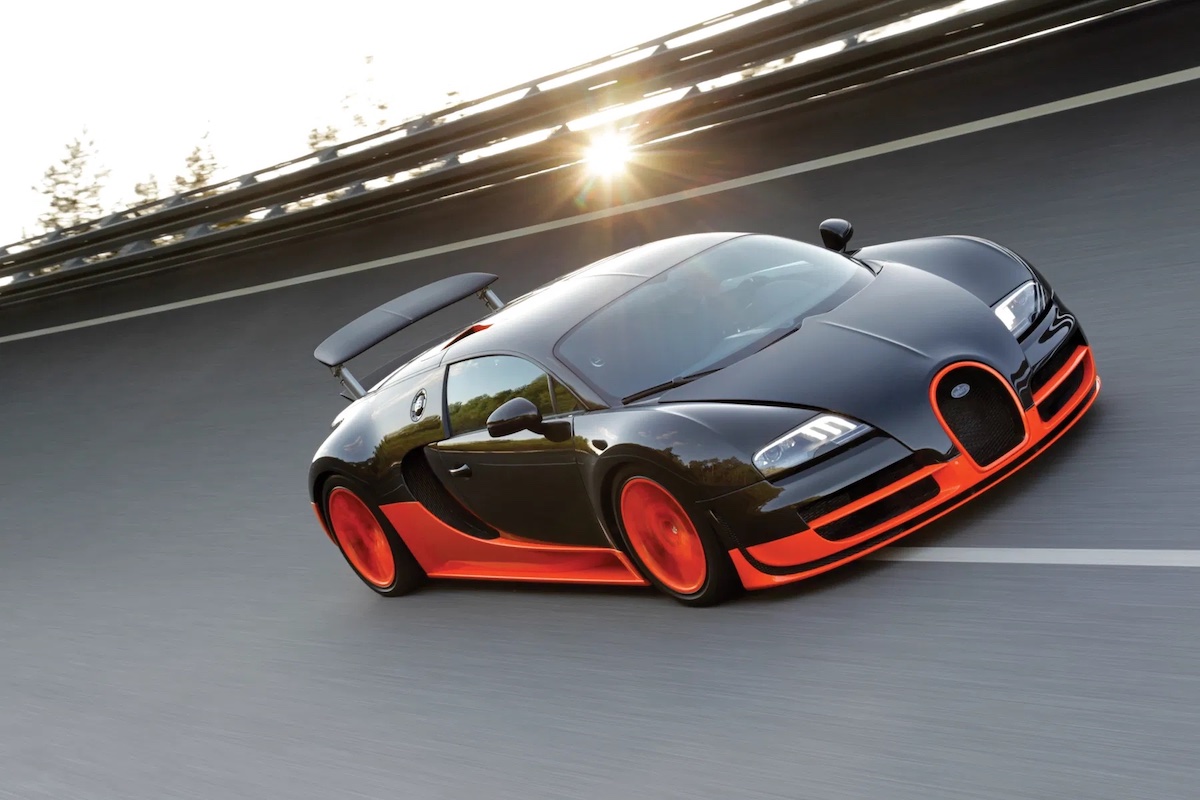
The Veyron Super Sport was a game-changer when it claimed the title of the world’s fastest production car, with a top speed of 267.856 mph. Its 8.0-liter quad-turbo W16 engine produces 1,200 horsepower, demonstrating Bugatti’s commitment to combining high performance with luxury.
Rimac C_Two
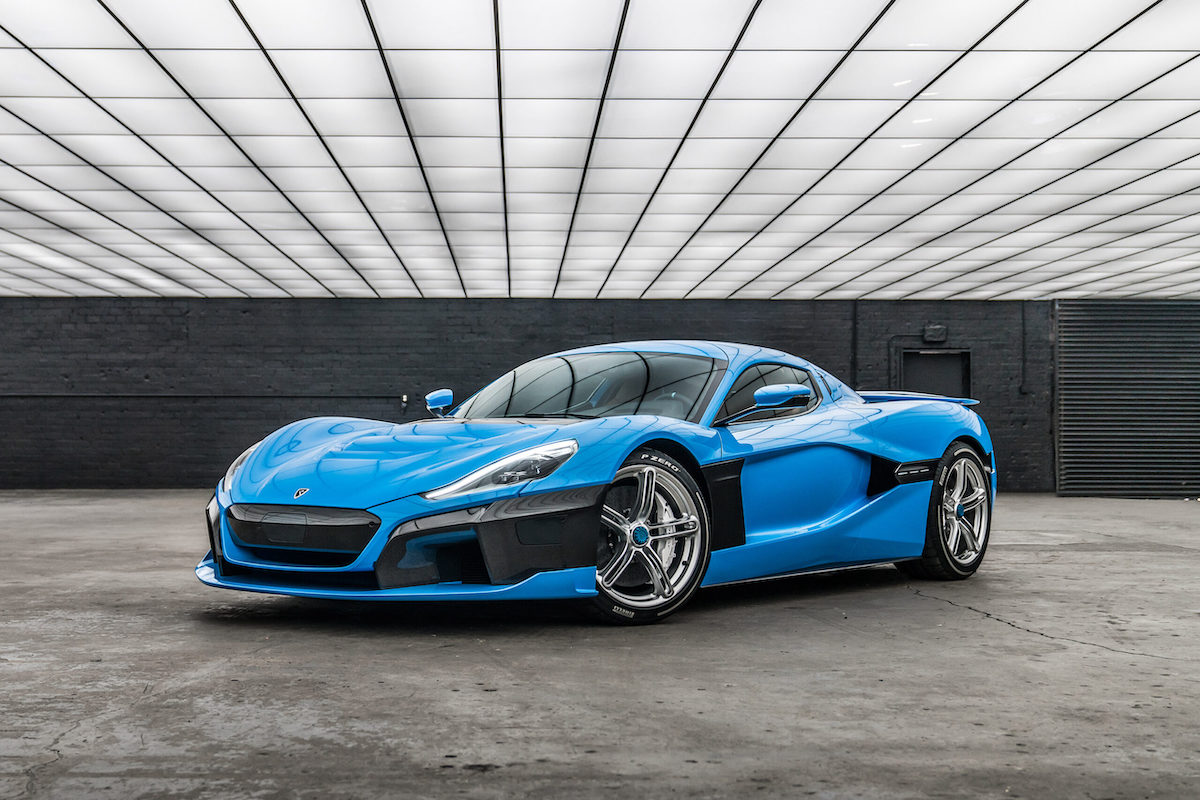
The Rimac C_Two is an electric hypercar that challenges the notion that electric vehicles can’t compete with traditional supercars. With a top speed of 258 mph and 0-60 mph in just 1.85 seconds, it’s one of the fastest electric cars in the world. Its four electric motors produce a combined output of 1,914 horsepower, showcasing the potential of electric propulsion.
Koenigsegg Agera RS
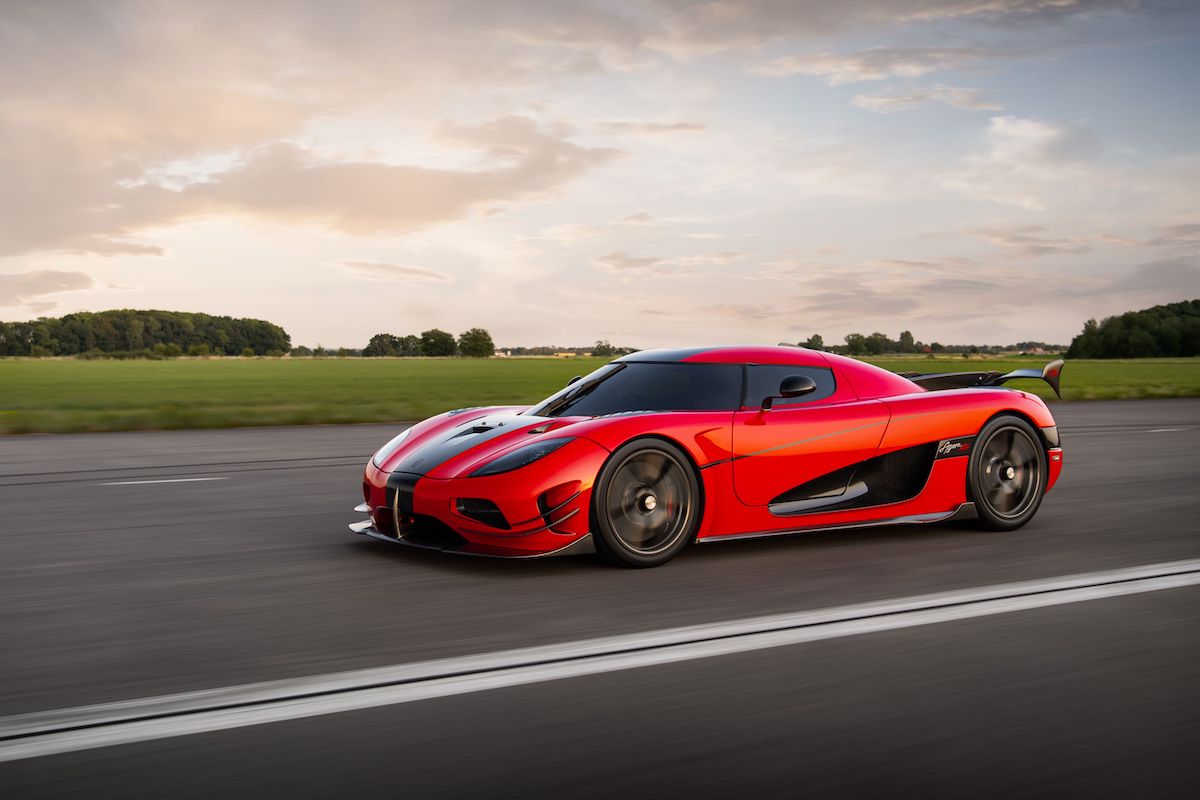
The Agera RS set multiple world records, including the highest average speed for a production vehicle at 277.87 mph. Powered by a 5.0-liter twin-turbo V8 engine, it delivers 1,160 horsepower. Its lightweight construction and advanced aerodynamics were key to its record-breaking performance.
Tesla Roadster
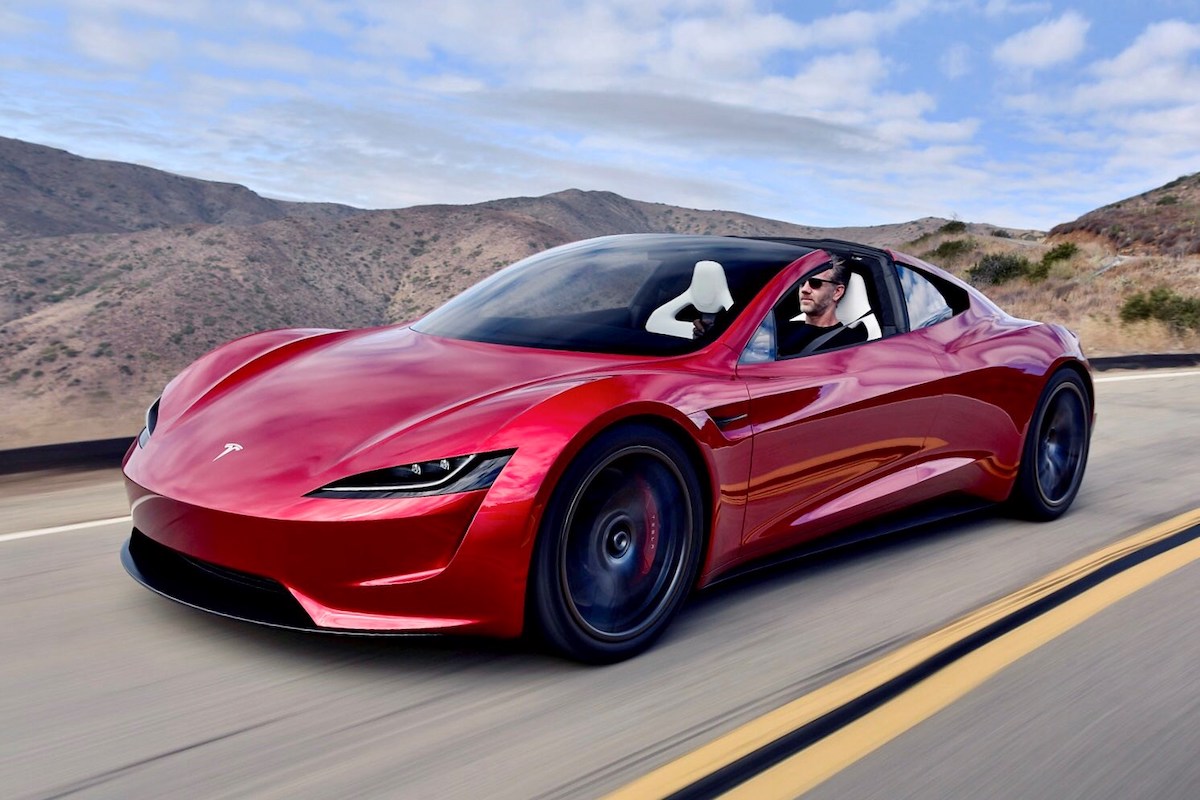
The upcoming Tesla Roadster aims to be the fastest electric car, with a claimed 0-60 mph time of 1.9 seconds and a top speed over 250 mph. While not yet proven on the road, the Roadster’s specs promise to make it one of the fastest cars in the world, electric or otherwise.
McLaren Speedtail
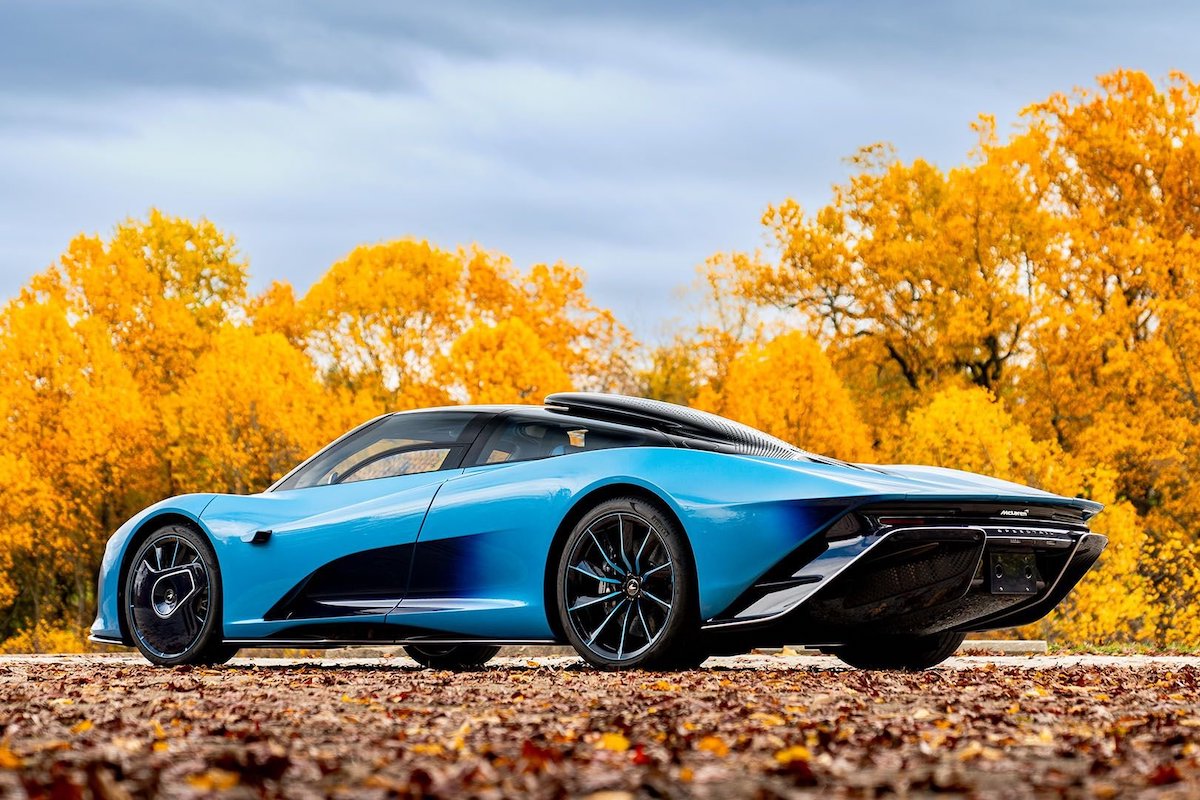
As McLaren’s first ever Hyper-GT, the Speedtail is designed for both speed and luxury. It can reach a top speed of 250 mph, making it the fastest McLaren to date. Its hybrid powertrain produces a combined 1,035 horsepower, and its streamlined design is as functional as it is beautiful.
Aston Martin Valkyrie
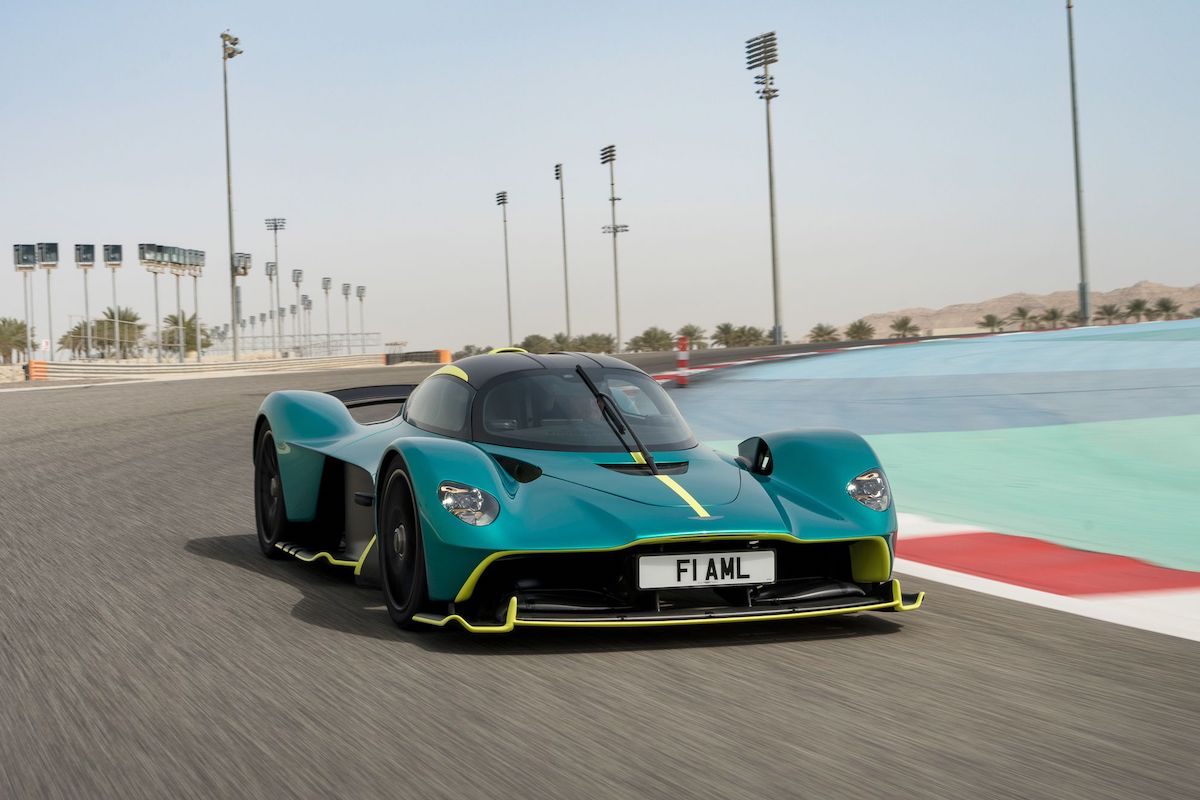
Developed in collaboration with Red Bull Racing and Cosworth, the Valkyrie is designed to push the limits of what a road car can achieve. With a top speed estimated to be around 250 mph, it’s powered by a naturally aspirated 6.5-liter V12 engine, supplemented by a hybrid system for a total output of approximately 1,160 horsepower.
These supercars are more than just fast cars; they are embodiments of the cutting edge in automotive technology and design. Each brings a unique approach to achieving high speed, from traditional internal combustion engines to electric powertrains, demonstrating the diverse pathways to ultimate performance. As technology progresses, we can only expect this trend to continue, with future models pushing the boundaries even further. Innovations in materials science, aerodynamics, and propulsion systems will likely enable cars to achieve speeds that are currently unimaginable. Moreover, as electric vehicles become more prevalent, we may see them rival or even surpass their combustion-engine counterparts in speed, efficiency, and environmental friendliness. The race for the title of the fastest road-legal supercar is far from over; it’s an ongoing saga of human ingenuity and the relentless pursuit of excellence. The supercars of today not only represent the pinnacle of current automotive capabilities but also serve as a beacon, guiding the way towards the future of high-speed travel.
